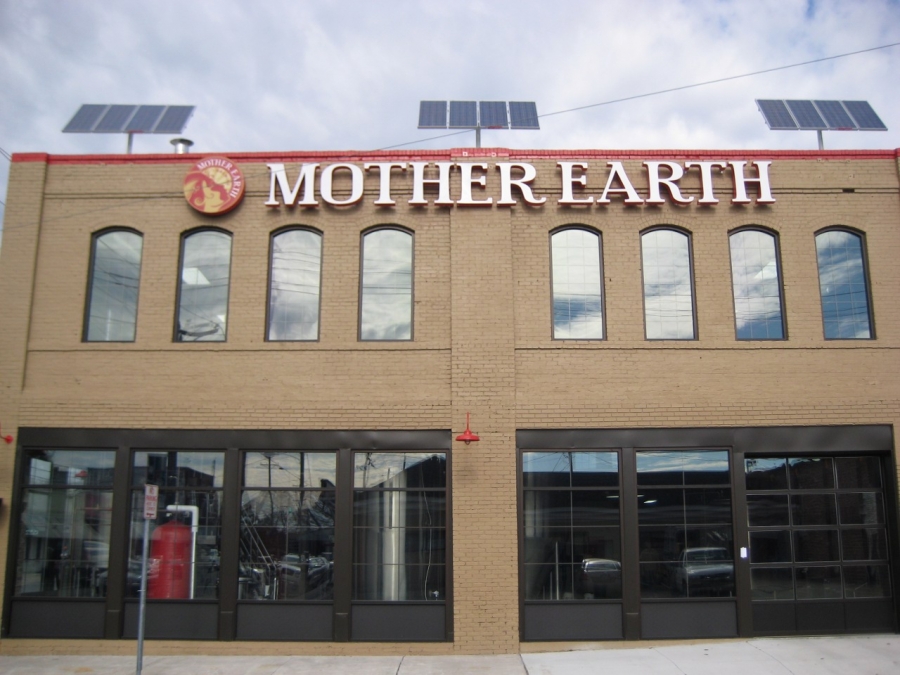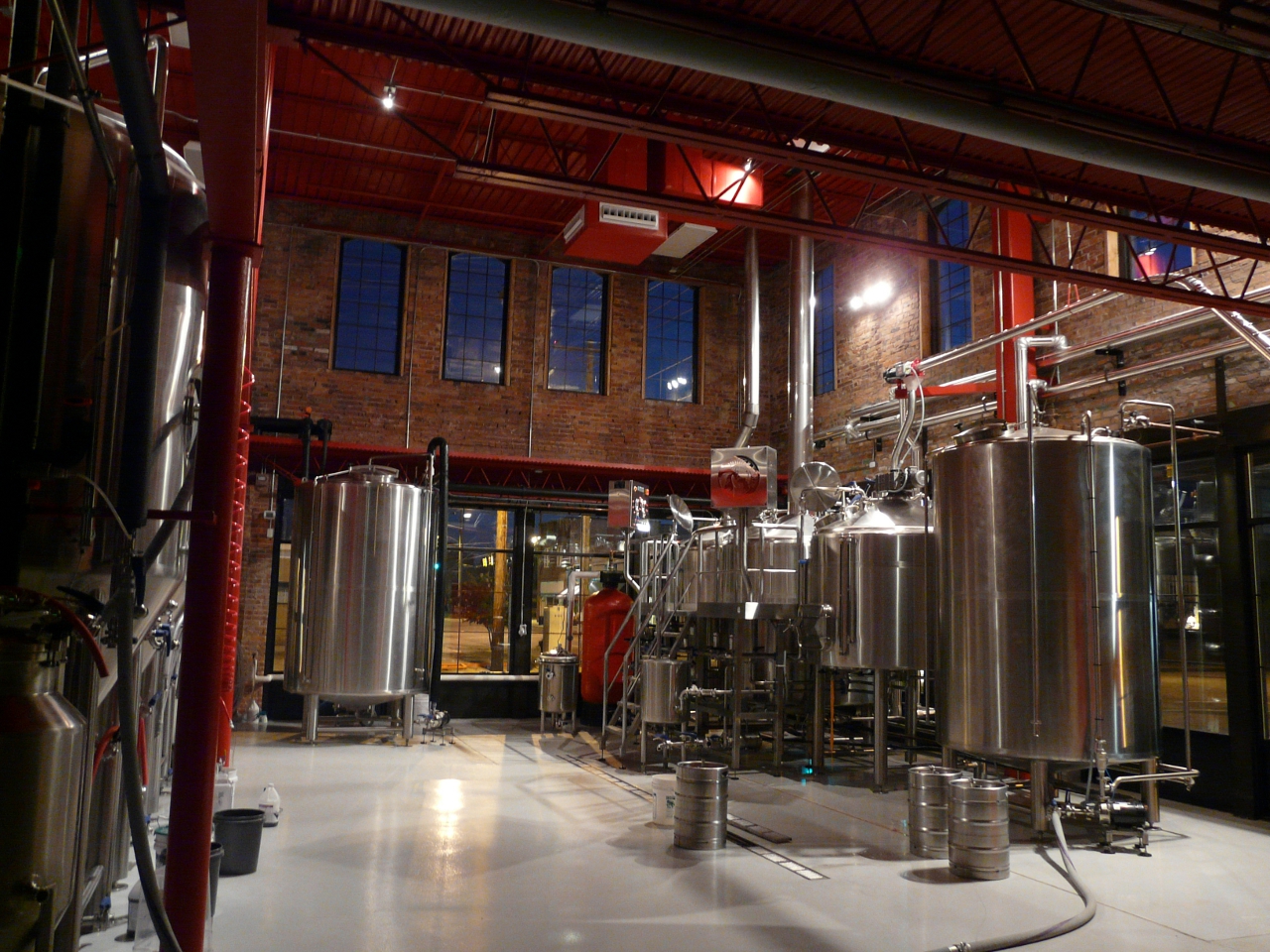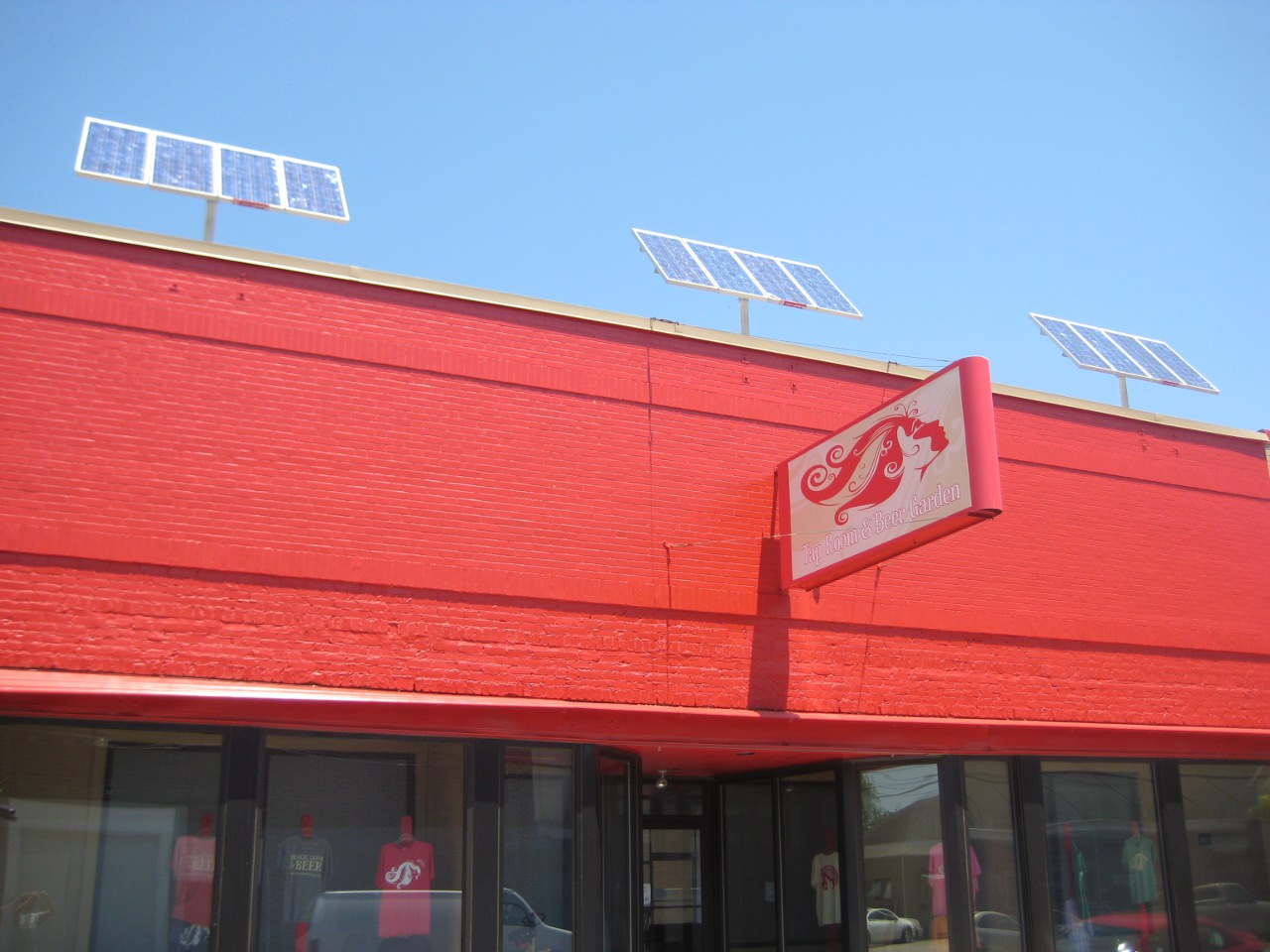Return to Planet Earth: Building a Sustainable Brewery
Video
alt=""When it comes to sustainability in the craft brewing industry, more often than not the focus is on ingredients. Organic and sustainable hops and malts are old news at this point and are considered by most people to be good practice rather than true sustainability. Some breweries, however, have taken the concept of sustainability and applied it not only to their products but to their build-outs and operational models. Spearheading this movement toward greener building for craft breweries is Mother Earth Brewing in Kinston, North Carolina.
 Credit: Mother Earth Brewing
Credit: Mother Earth Brewing
Established in 2008, Mother Earth Brewing sets the standard of how others in the industry could better work toward incorporating sustainable practices into their models. Trent Mooring, president of Mother Earth Brewing, and his associate, Stephen Hill, knew from the onset that their brewery was going to be different. Avid environmentalism enthusiasts, the two set out to create a brewery that could serve as an example of sustainability and business working together in harmony, a process that began with the decision to revitalize an old, historic building in downtown Kinston that would soon become their main brewing facility.
"I found that by doing research and making educated decisions prior to getting things off the ground, green building can be easy, attainable, and just as cost-effective as running a traditional business." Trent Mooring, Mother Earth Brewing
“It’s always easier to start with a metal-frame building to house your business in,” says Mooring, “but with so many abandoned buildings in the state, it just makes sense to rehabilitate and restore them, if at all possible. It allows you to reduce your carbon footprint when trying to open a business.”
And so, the “stuff” of Mother Earth’s brewing facility -- what really holds it all together -- reads like type taken from a sustainability textbook: reused bricks, wood, and metal from the original structure; recycled blue jean insulation inside the interior walls; tankless hot water heaters; and low-VOC paint throughout the building. The adjacent Tap Room, where patrons dine and drink as the brewing process happens just a few doors over, takes this initiative to an even higher level. The Tap Room is 100% powered by three kilowatt solar array panels and features eco-friendly tile and carpet as well as eco flush valves and faucets in all bathrooms.


Being “green,” unfortunately, can lead business developers to thoughts of green -- cold hard cash, that is. Many entrepreneurs believe that running a sustainable business is far more expensive than running one that sits more in line with tradition. However, by taking the time to plan, building an eco-friendly business is not as costly or unattainable as it may first seem, Mooring says.
“I found that by doing research and making educated decisions prior to getting things off the ground, green building can be easy, attainable, and just as cost-effective as running a traditional business,” says Mooring. “It’s the people who do not plan that get themselves in trouble,” he adds.
Mooring envisions a bright future for his company and hopes that more of the industry will eventually get involved in sustainable building practices. “We are always looking to find new and improved ways to protect the environment, and it all comes down to research. We have got 13,000 sq. feet of roof space, and right now we’re working to install a cistern to collect the rainwater that piles up, which we then plan to use to run water in the Tap Room’s toilets, and also to water all of our exterior plants,” Mooring notes. "The more of us that can do this kind of thing, the quicker we’ll all see the results.”

Erik Neilson
Erik is a freelance journalist based in Portland, Maine. Interested in all things sustainable, Erik currently publishes work on sustainable industry, particularly in the craft beer world. A passionate cook and homebrewer, Erik holds a Bachelors of Arts in sociology from the University of Vermont.
Website: ejneilson@gmail.com
